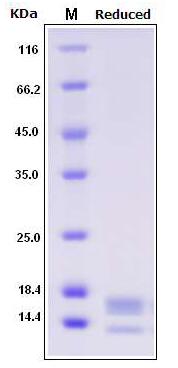GPCRs Class B

🧪 GLP1R-01D
Source: HEK293
Species: Dog
Tag: His
Conjugation:
Protein Length: 25-145 aa

🧪 CALCR-27793TH
Source: Wheat Germ
Species: Human
Tag:
Conjugation:
Protein Length: 81 amino acids

🧪 CRHR1-27818TH
Source: Wheat Germ
Species: Human
Tag: Non
Conjugation:
Protein Length: 98 amino acids

🧪 GHRHR-29025TH
Source: Wheat Germ
Species: Human
Tag:
Conjugation:
Protein Length: 110 amino acids

🧪 ADCYAP1R1-3708C
Source: Mammalian Cells
Species: Chicken
Tag:
Conjugation:
Protein Length:

🧪 CRHR1-5894C
Source: Mammalian Cells
Species: Chicken
Tag: His
Conjugation:
Protein Length:

🧪 CRHR2-6024C
Source: Mammalian Cells
Species: Chicken
Tag: His
Conjugation:
Protein Length:

🧪 CRHR2-6358Z
Source: Mammalian Cells
Species: Zebrafish
Tag: His
Conjugation:
Protein Length:

Class B GPCRs are receptors that mainly bind with peptide hormones and neuropeptides. They play a key role in managing essential endocrine and metabolic functions. Compared to Class A receptors, Class B GPCRs have a longer N-terminus that often helps in recognizing specific ligands. This unique structure allows them to effectively interact with various hormones, supporting vital processes across the body.








